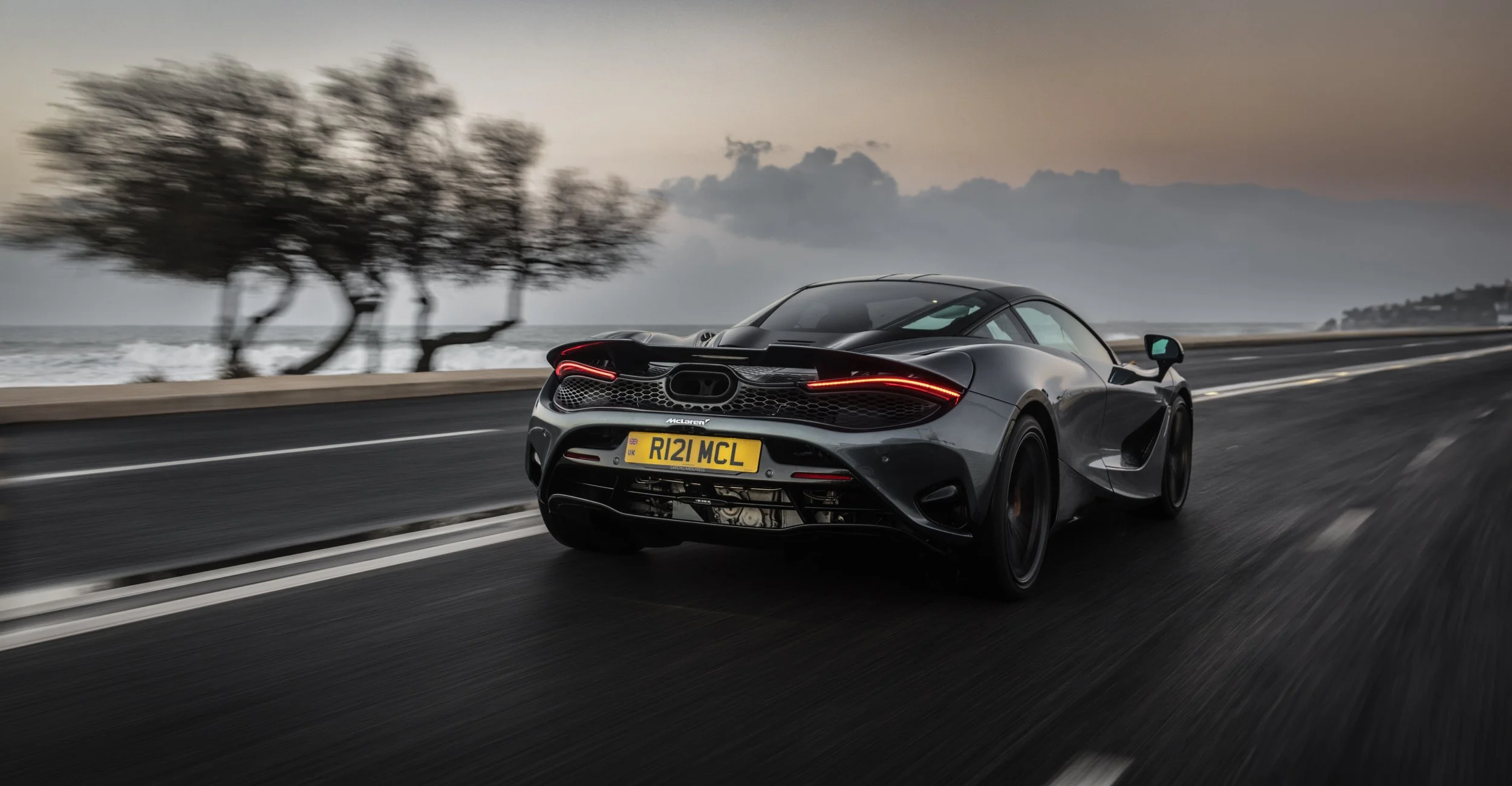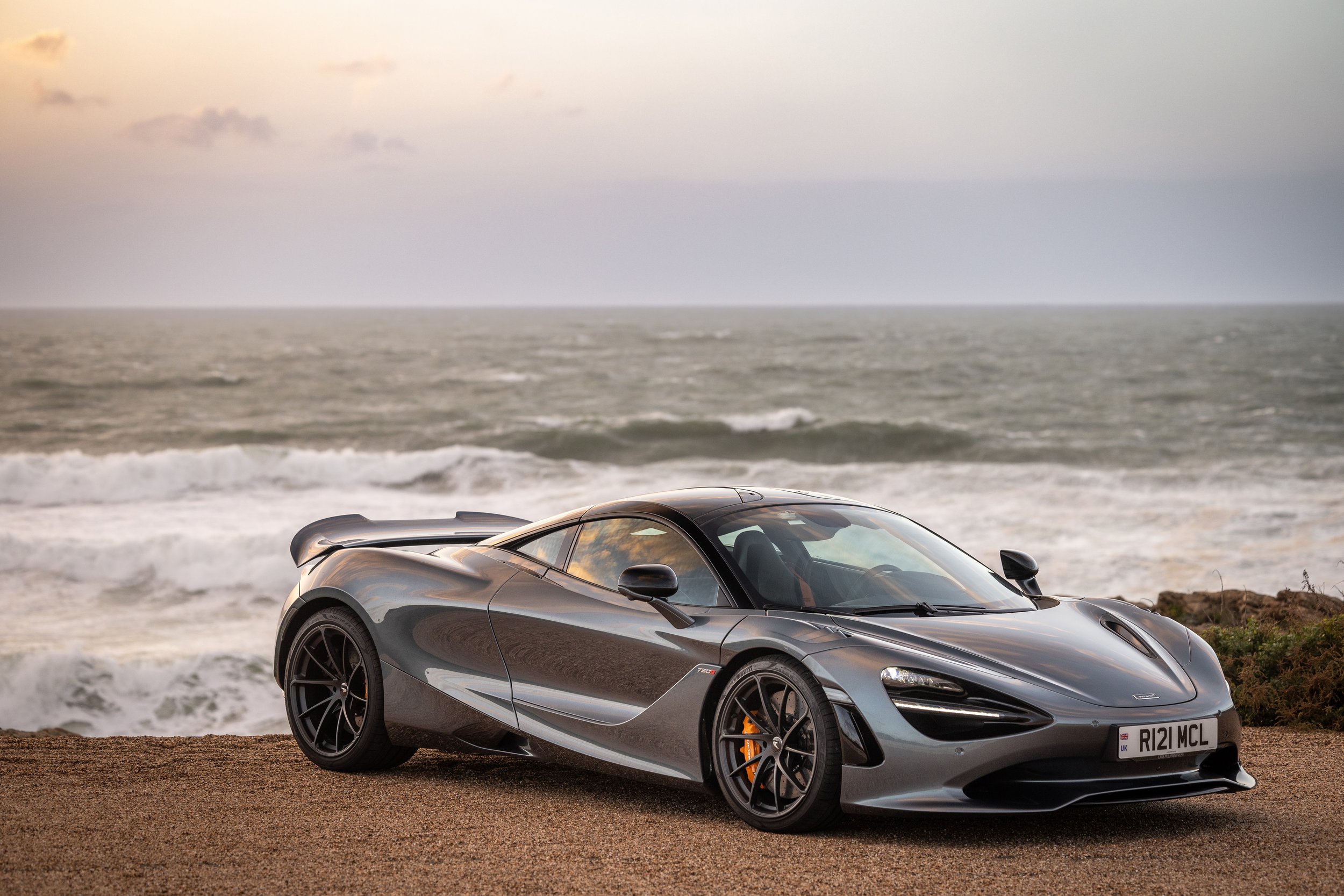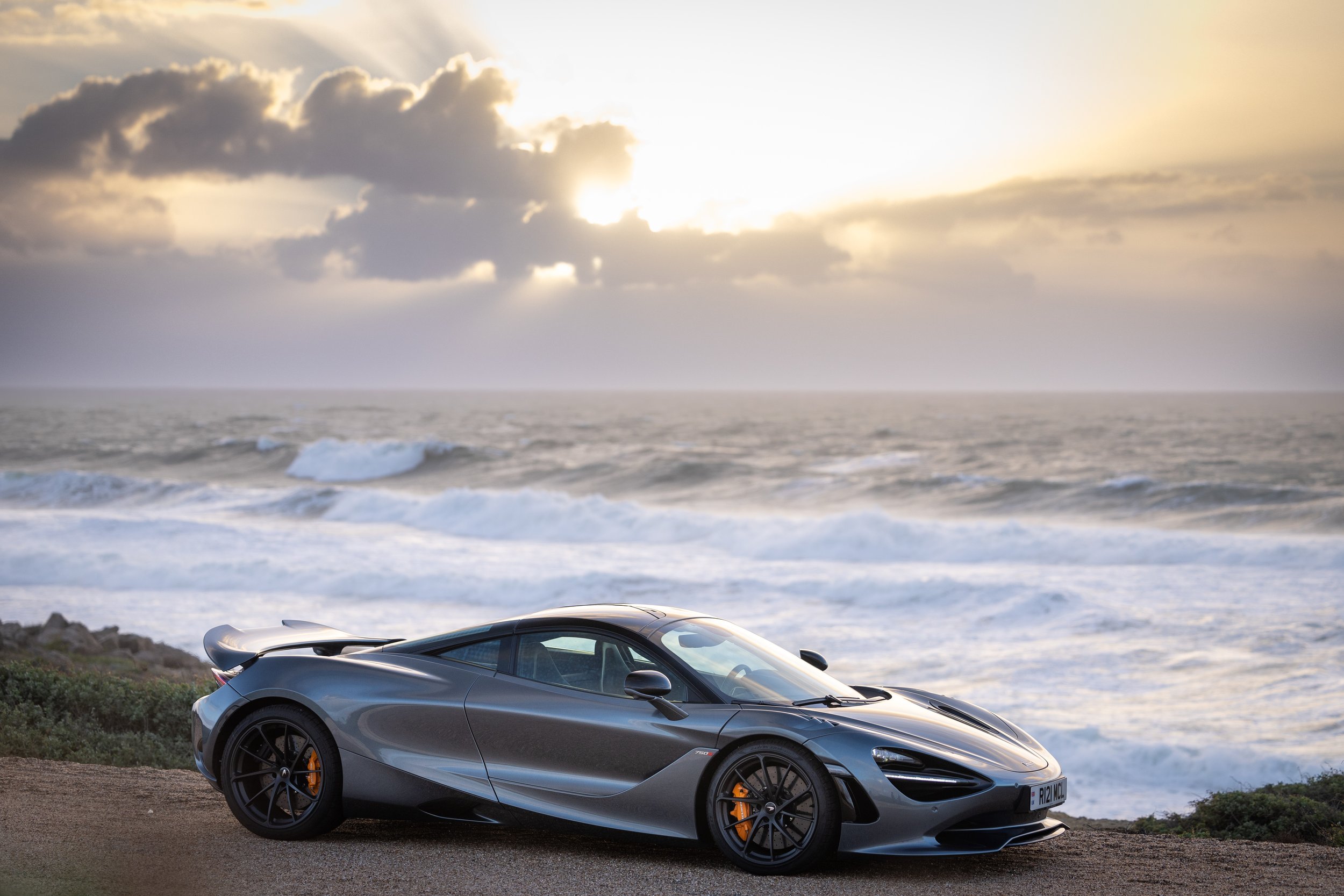
Road Test: McLaren 750S Coupe
Is the new McLaren 750S just a facelifted 720S or a cut-price 765LT? Mark investigates with a road test.
WORDS: Mark Rose
The cynicism of the online comments section is as enjoyable as it is frustrating, especially when it comes to cars. Even though I shouldn’t care what people from the internet think of a car that I don’t own or had no business in creating, it sometimes riles me up when I see pure ignorance on display. On the flip side, however, I get deep satisfaction from then driving said vehicle, so that I can declare to those who watch or read what I have to say, that I’ve debunked their ill-informed opinions.
I mention this because as I’m sure you can recall; Woking was accused of taking a lazy approach to replacing their 720S supercar when the 750S launched – I wonder how many of those keyboard warriors dream of owning a Porsche 911? Anyway, a deeper dive in to the press release revealed that the light cosmetic changes were simply hiding a mechanical going over that, on paper at least, positioned the 750S closer to the 765LT than it did the 720S, despite McLaren’s best efforts to say it sat somewhere between the two models.
Fortunately for me and anyone who reads this, I’m very well positioned to tell you the truth of the matter, because over the last few years I’ve driven the 720S in coupe and spider forms more times than I can remember, and I also spent a week with a 765LT. But before we discuss where the 750S really sits in the McLaren family tree, let’s just go over how it differs from the old car. Here, the 720S merely serves as a base to build from which is a great thing because it is a sublime supercar, and if you’re McLaren why would you throw the baby out with the bathwater?
In brief, thirty per cent of the components are new or changed, it’s 30kg lighter than a 720S, power is up to 740bhp, the suspension and steering have been updated, there’s a new central exhaust for improved sound, better aerodynamic balance thanks to new bodywork, and the seven-speed twin-clutch gearbox now has a shorter final drive a la 765LT. The cabin also gets a refresh with the driving mode rocker switches from the Artura, and mercifully, it now has Apple CarPlay.
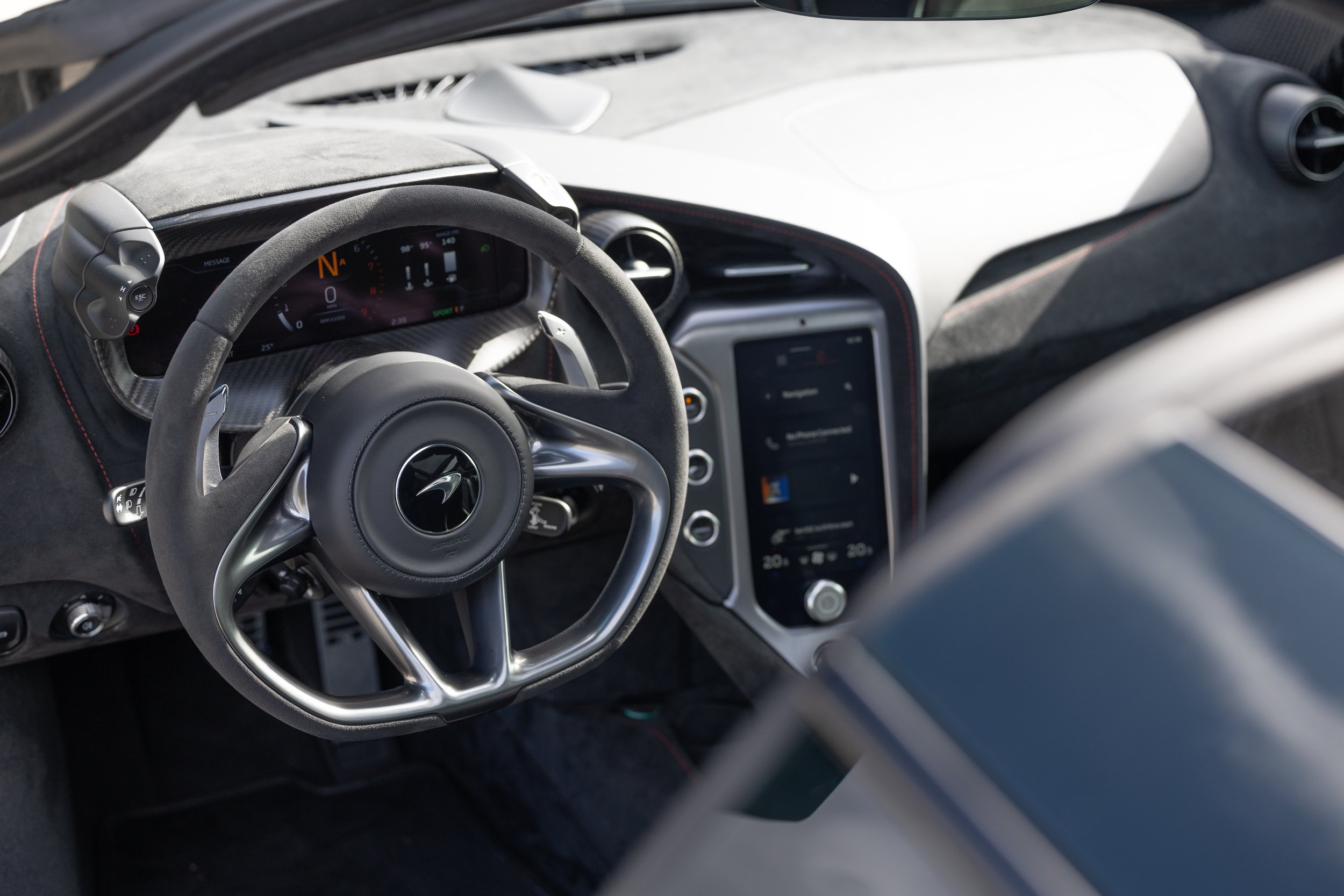

Dropping down in to the sports seats and pulling shut the dihedral doors, your brain tells you that you’re sitting in a 720S, because apart from the updated instrument binnacle, not much else screams new car. Same interior, same view out, and same driving position as before. Does it still feel special? Absolutely, but the interior is showing its age now and if there is one area where I think McLaren has lacked some imagination, it’s here. That said, the ergonomics are spot on and because the cabin is effectively all glass, your view out is uncompromised. I also love that the steering wheel has no buttons. All of this means that you can get stuck in to the job of driving with little to distract you, which is favourable when it appears that most of McLaren’s R&D budget goes in to making the driving experience and performance of the car as mesmerising as possible.
Set off down the road and it doesn’t take more than one turn of the wheel to realise how special the 750S is, and when the opportunity to open up that 4.0 litre twin-turbo V8 presents itself, you’re left shocked by the savagery of the acceleration. The 720S was already a spaceship, but less weight and a bump in power means the new car is even more of a time machine than before. When you plant your right foot, you disappear in to the distance. Zero to 62mph takes just 2.8 seconds, and it will get from rest to 124mph in a life-affirming 7.2 seconds. You can feel the boost building from lower down the rev range, and once those turbos come on song, they catapult you down the road. And unlike many non-hybrid turbocharged engines, it has a real appetite for the rev limiter. It’s an astonishing engine with enough torque – 590lb ft – to serve up performance in any gear, and the tweaks to the exhaust have also unlocked an edge to the soundtrack that the 720S was missing. Not only does it feel faster than the car it replaces, but it possesses the intensity of the 765LT’s speed.
However, there’s more to McLaren road cars than just how fast they are, even though we car enthusiasts love to get caught up in the numbers. What really sets them apart is the purity of the driving experience, and it’s clear that Woking has moved the game on with this car. It’s a real featherweight at just 1,277kg dry, and all those incremental improvements to the suspension and steering have added even greater focus to the dynamics, without sacrificing much of the usability the 720S was famed for.
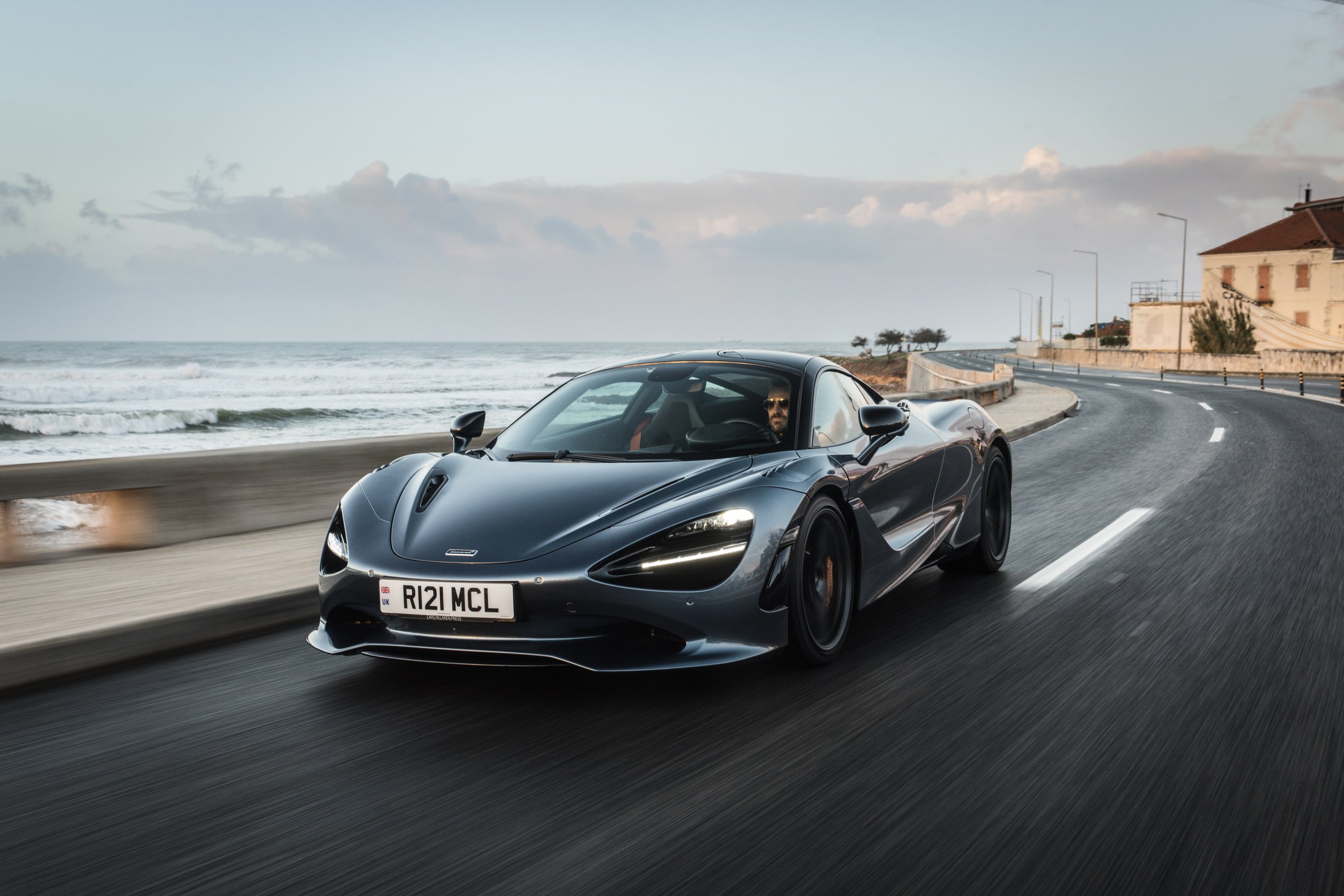
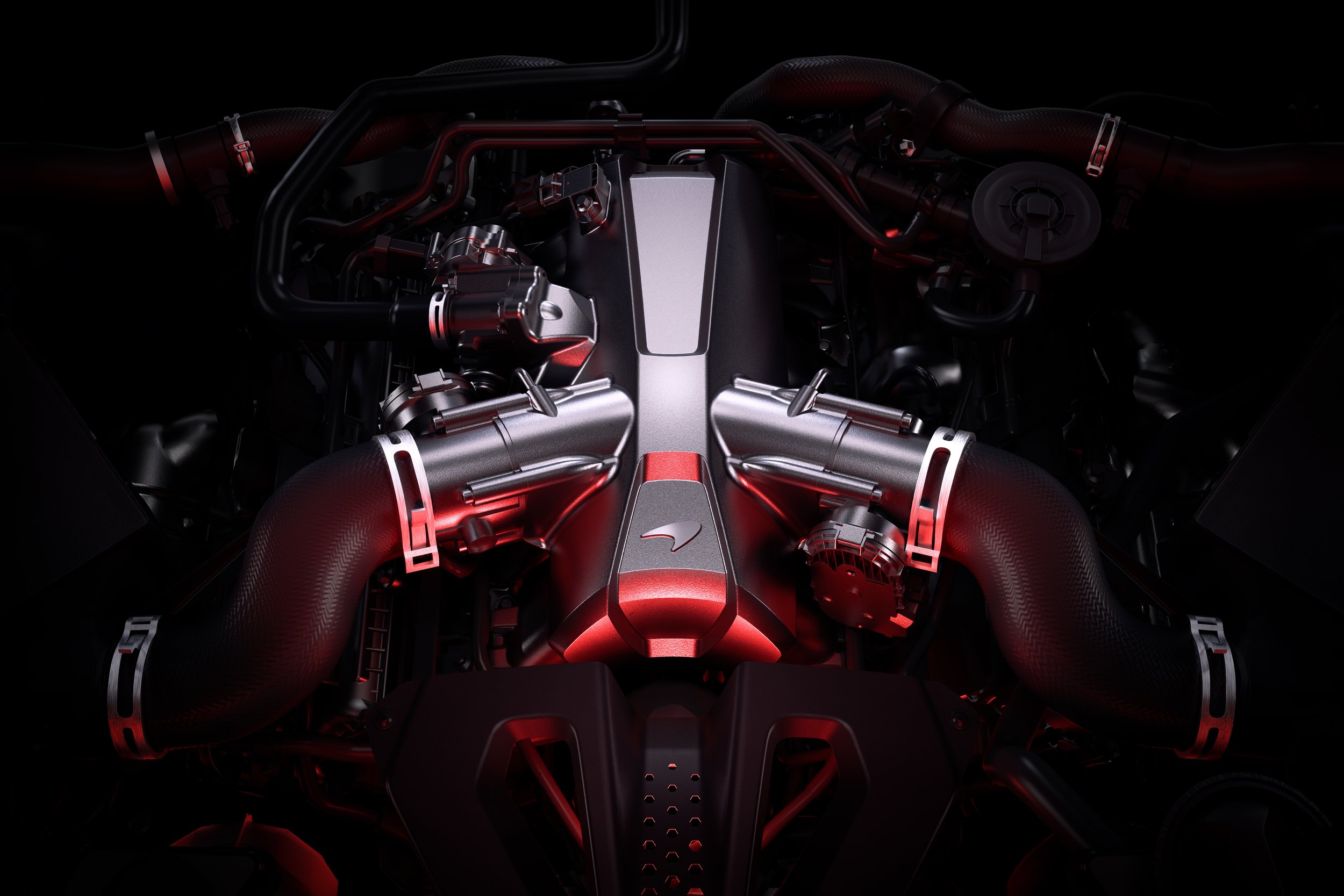
The carbon fibre monocoque remains, but suspending it is the linked-hydraulic suspension which now features bespoke accumulator tuning, new lightweight springs and dampers, and revised geometry. The electro-hydraulic steering system is now faster, and it includes a new power assistance pump.
Across a country road, the 750S steers and turns with an edge that its predecessor, once again, can’t quite match. The steering is the best in any car in terms of feel, feedback, and precision, with a touch more weight off-centre adding to the overall confidence it gives you. There’s no body roll – not on the public road, at least – and it changes direction with real purpose. What’s most impressive, however, is the way it deals with big road undulations, particularly under an open throttle. At low speed, the 750S can’t quite replicate the magic carpet ride of the old car, but with some momentum beneath it, it smooths over the nasty stuff while still managing to get the majority of its power to the road the surface. The way it controls rebound and compression while finding traction over a bumpy B-road is pure witchcraft, and it gives you the confidence to keep the throttle pinned even when the road topography shouldn’t allow. It’s dead impressive, and dynamically it feels closer to a 765LT than a 720S. Anyone see a theme developing here?
McLaren claims the 750S retains 95 per cent of the 720S’ usability. I suspect that five per cent loss is down to the diminished low-speed ride quality, and that Track mode is now too rigid for the public highway. But apart from that, the new car feels very liveable despite it’s more focussed approach. The driving modes are interesting because now that Track does what it says on the tin, you’re forced to choose between Comfort and Sport. The issue here is that McLaren has tried to manufacture some drama in to the Sport setting with some elaborate gearshifts and loud bangs from the exhaust. I’m personally not in favour of that. You buy a 750S because it’s a precision driving tool, and I’m sure most keen drivers would rather some fast and smooth gear changes over shenanigans you would find in a Lamborghini – there’s nothing wrong with that, but knowing your audience is key and McLaren risks straying from the precision customers enjoy. It would be less of an issue if Track (it has smooth and fast gearshifts) was supple enough for our UK roads, but it’s not, meaning some drivers might feel forced in to a bit of a corner.
Speaking of gear changes, the seven-speed twin-clutch still feels whipcrack fast. It may be an old transmission now, but I actually prefer it to the new eight-speeder in the Artura which is a little tardy by comparison. I say tardy, I’m speaking in very relative terms, here. There’s also an option to upgrade your brakes if you want to take your 750S on track days. They’re the special ceramic discs with monobloc calipers from the Senna hypercar, and they’re tear-your-face-off astonishing.
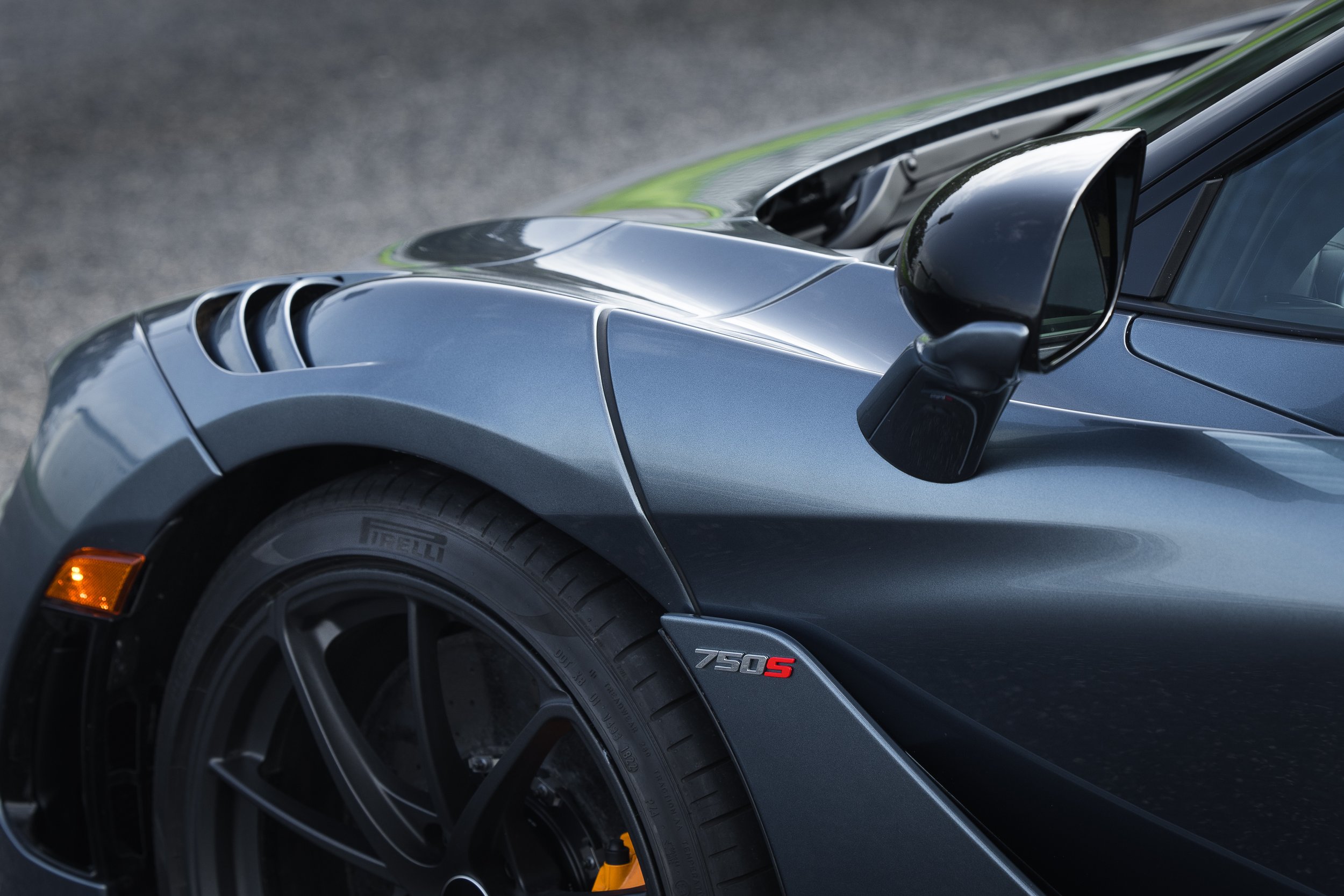
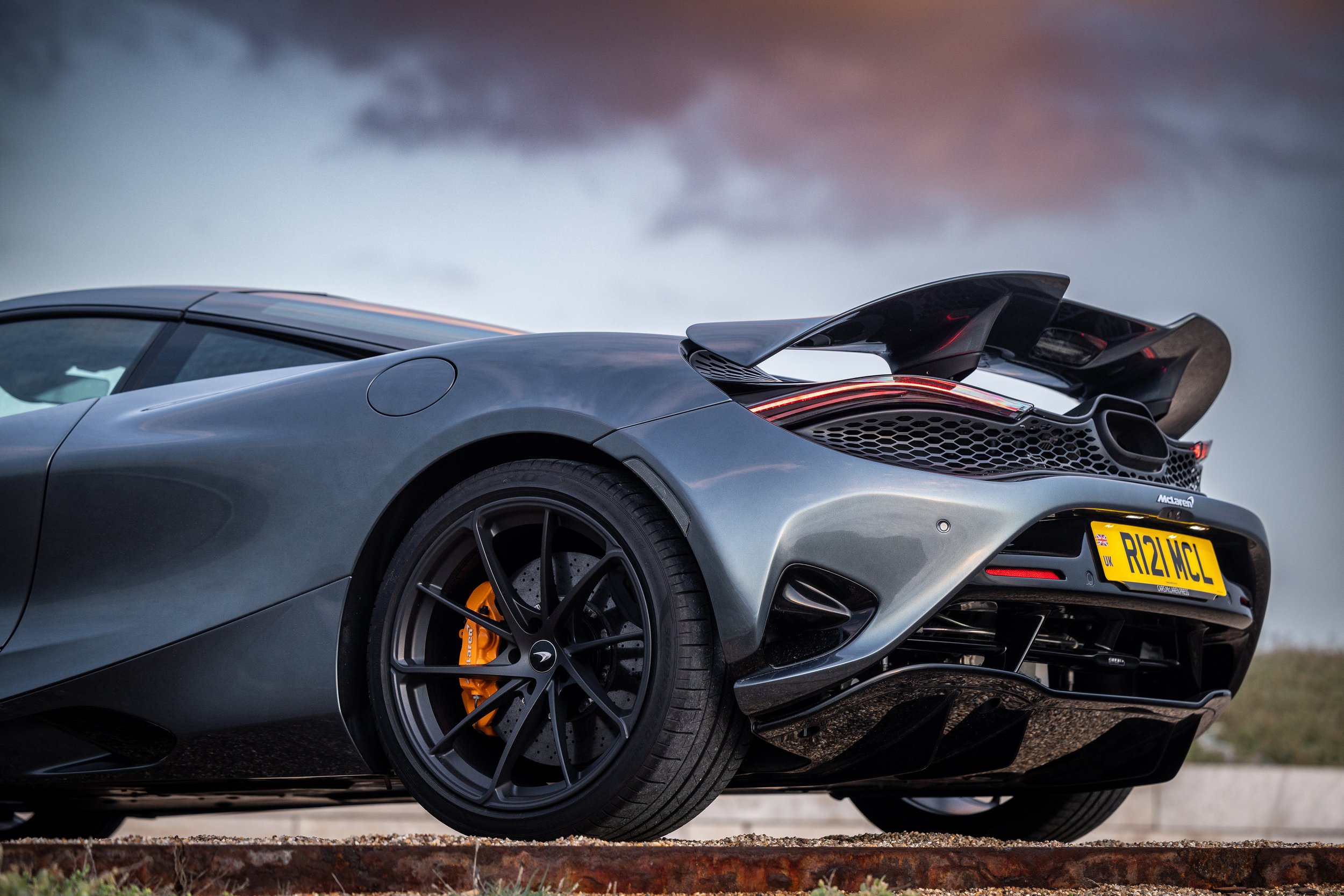
If you want to read about what the 750S is like on track, click here, for my full review at Silverstone.
My road test demo came with the standard carbon brakes which are more than adequate for daily use. Not only will they stop you in a real hurry, but the pedal is easy to modulate which is essential for when you want to go for a spirited drive along your favourite county road.
Overall, the 750S feels more than the sum of its parts. It’s easy to get caught up in the face bending speed and driver engagement, but when you strip it all back, you realise there’s no particular stand out feature or weak area. From front to rear, the entire package is outstanding, with each component coming together to create a car that is fast, fluid and feelsome. On the right piece of road, it is utterly absorbing, and that’s how a proper driver’s car should be.
So, has McLaren downed tools and just given us a 720S facelift until their next-generation V8 supercar comes along? Sorry cynical car people from the internet, that’s far from the case. Instead, they’ve cooked up a car that on the road feels closer to a 765LT, and remember, that was a limited-run, ballistic missile that was made for track work. Anyone walking in to a McLaren dealership should be looking at a 750S as a series production Longtail, not a fettled 720S.
McLaren family tree aside, there’s another narrative at play here, and one that I feel has been overlooked. In terms of price and performance, the 750S’ natural rival is the hybrid Ferrari 296 GTB. The Lamborghini Huracán is now dead and its replacement, the Temerario, is also a hybrid. When it comes to mid-engine supercars, the McLaren is now the last bastion of unelectrified (I think I just made that word up), internal combustion in this area of the market. These new hybrids are fantastic, but if you long for an old-school, analogue experience, then the McLaren 750S is now your only option. If that upsets you, don’t despair. It’s one hell of a supercar and we should be thankful it exists.
Engine: V8, twin-turbo
Displacement: 3,994cc
Power: 740bhp @ 7,500rpm
Torque: 590lb ft @ 5,500rpm
Transmission: 7-speed twin-clutch, RWD
0-62mph: 2.8 secs
VMAX: 206mph
Kerbweight: 1,389kg
Price: £243,500+
Technical Specifications
One of the world’s best driver’s cars made even better. On the face of it, the 750S might look like a simple mid-life refresh for McLaren’s V8 supercar, but in reality it’s a real step forward with no real competitors left to trouble it.
10/10
Verdict & Rating
“Anyone walking in to a McLaren dealership should be looking at a 750S as a series production Longtail, not a fettled 720S”
Watch the YouTube video
